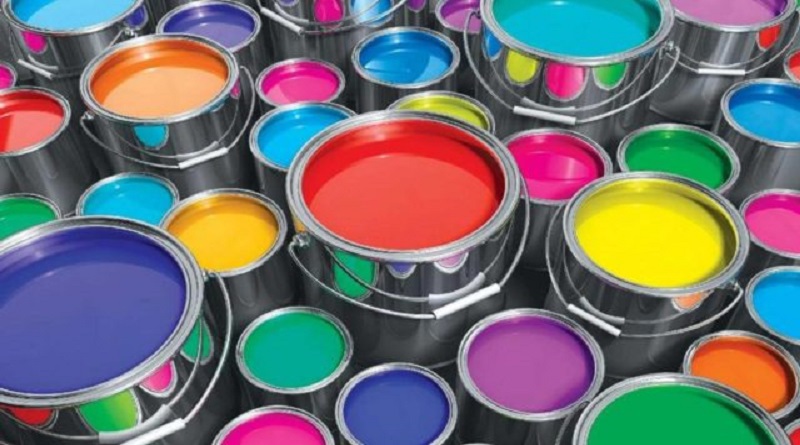Nepal: Supreme Court upholds lead paint standard
The Supreme Court of Nepal has rejected a writ, filed by Nepal Paint Manufacturer Associations (NMPA) and other paint industry allies, which sought to nullify a mandatory standard for lead in paint enacted three years ago by the Government of Nepal.
The law, which took effect in June 2015, also requires companies to print the lead content of the paint and a precautionary message on paint can labels.
Executive Director and Environment Scientist, Centre for Public Health and Environment and Environmental Development, Mr. Ram Charita Sah, in a press statement, said: “This is a victory for Nepalese children, who will now be protected from lead exposure in their homes, schools and parks, where heavily leaded paints are commonly used. Effective implementation of the law by all concerned government agencies will ensure that children in Nepal have the opportunity to grow and reach their full intellectual potential. We urge all involved in the paint industry to follow the law and produce paints that meet the country’s mandatory lead paint standard of 90 ppm; label their products appropriately; and include a precautionary message on each paint can.”
Lead is a naturally occurring element found in small amounts in the earth’s crust. While it has some beneficial uses, it can be toxic to humans and animals causing of health effects.
Lead is particularly dangerous to children because their growing bodies absorb more lead than adults do and their brains and nervous systems are more sensitive to the damaging effects of lead. Babies and young children can also be more highly exposed to lead because they often put their hands and other objects that can have lead from dust or soil on them into their mouths. Children may also be exposed to lead by eating and drinking food or water containing lead or from dishes or glasses that contain lead, inhaling lead dust from lead-based paint or lead-contaminated soil or from playing with toys with lead paint.




